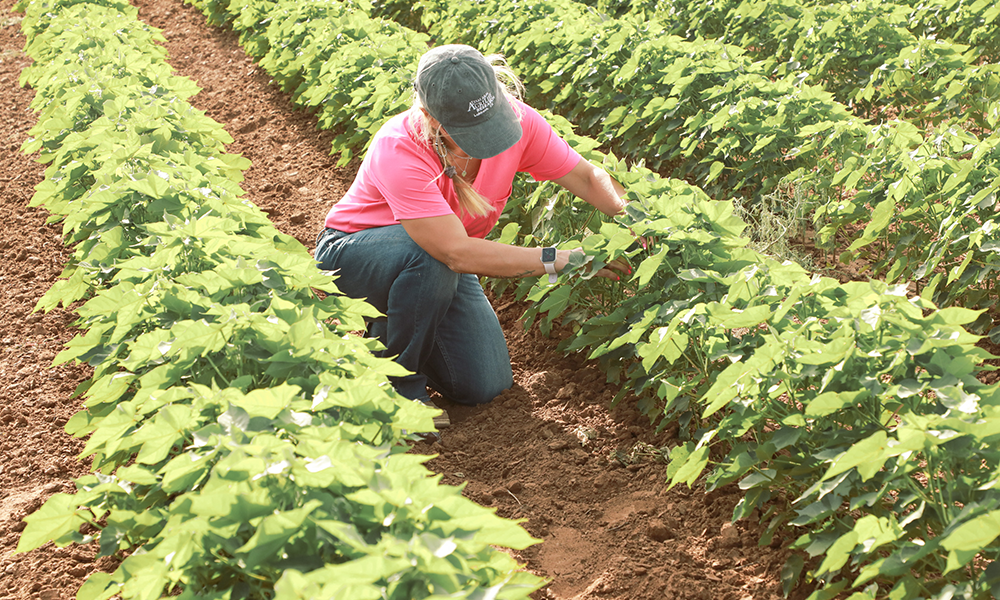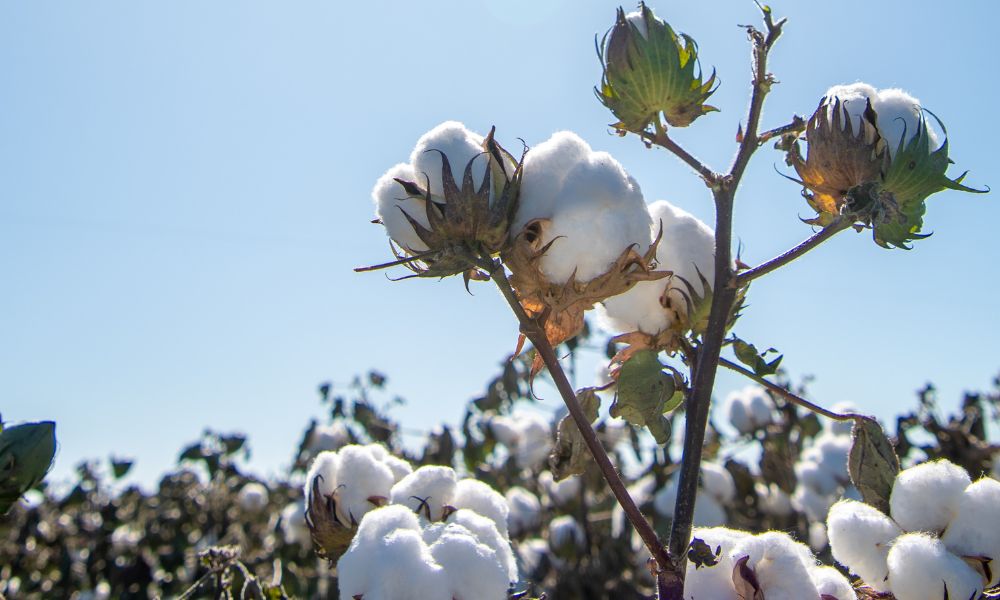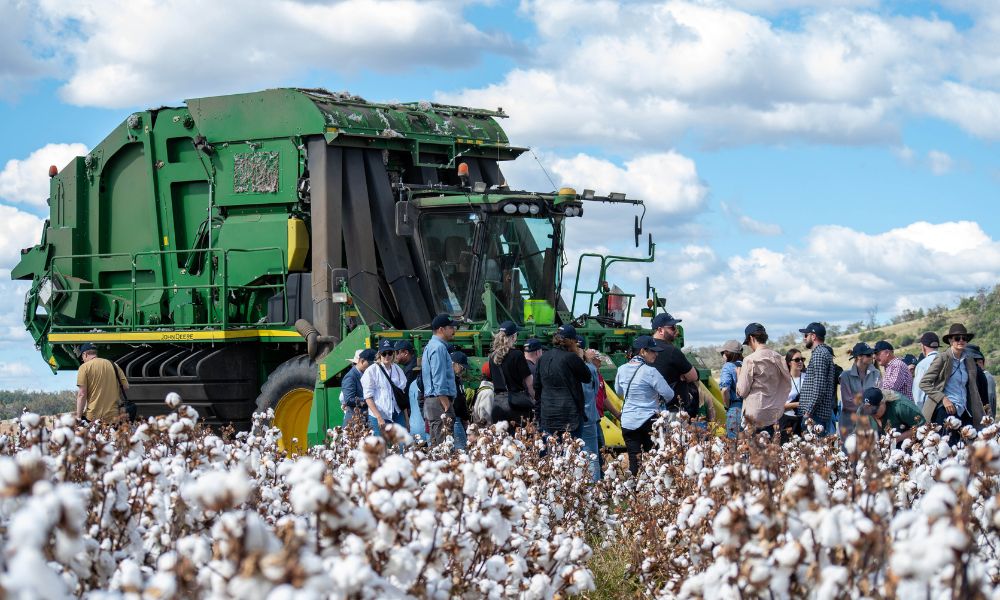U.S. Cotton Stocks Expected to Tighten, Price Direction Uncertain
March 4, 2021
U.S. Cotton Production Will Likely Fall Short of Demand in the Upcoming Crop Year, But Global Supply to Forecast to Remain High
For cotton growers choosing whether to devote acreage to cotton or other crops in the coming season, price projections are a bit mixed. Cotton prices have followed a nearly uninterrupted upward trend since April and are well above pre-pandemic levels. In January, the average for the A Index (world price for cotton) was up about eight cents/lb (+10%) relative to the level from one year ago and had the highest average value for January since 2018.
Part of this is due to demand for U.S. cotton outstripping supply, but it’s important to note that world cotton supply for 2020/21 is the fourth highest year on record. To help determine the coming season’s market outlook, we examine cotton acreage and production projections.
NY Nearby at Highest Levels since 2018

Source: Reuters Datastream
Cotton Acreage Outlook
Rising cotton prices can support U.S. cotton planting, but common cotton rotation crops—corn and soybeans—are also trading at their highest levels in several years. The National Cotton Council (NCC)’s survey of U.S. growers suggests that acreage could decrease 5%. Statistical models based on ratios of cotton prices to corn and soybean prices predict U.S. cotton acreage could be flat to slightly higher in 2021/22.
Similar models for global acreage signal an increase in planting, but these world-level models have a much wider margin for error. Both India and China have policies that effectively guarantee minimum cotton prices for their producers, and these policies can limit changes in acreage de-spite any shifts in relationships between international cotton prices and prices for other crops.
National Cotton Council Planting Intentions Survey & Final USDA Acreage Figures

Sources: National Cotton Council and USDA NASS
Learn more about how China affects the global cotton market from our webinar on cotton sourcing.
Cotton Production Outlook
Weather between planting and harvest is another key determinant of production, and although weather is unpredictable, recurrent weather issues in several countries inform projections. In the U.S., a dominant weather-driven variable is soil moisture in West Texas, where about one-third of U.S. cotton is planted. Many of the farms in this area are dryland (not irrigated), and growers abandon the harvest if the rainfall is too low to produce significant yields. Abandonment rates vary from 10% in wetter years to 60% in drier. In 2020 the Texas abandonment rate was 50%.
Much of West Texas is already in some form of drought, and with current La Nina climatic conditions—which produce drier weather in West Texas—the 2021/22 harvest might again have high abandonment. La Nina is also associated with more hurricane activity in the Atlantic, which could damage bolls if the storms arrive later in the season.
Learn more about cotton’s water use and sustainable irrigation techniques.
Cotton Market Outlook
There are a lot of variables still at play, but at this early stage it looks like the U.S. could collect a 2021/22 harvest somewhere in the neighborhood of the 15-million-bale crop produced in 2020/21. Export demand alone in the current crop year is expected to reach 15.5 million bales, and mill-use is forecast to be 2.4 million.
If these number are correct, U.S. cotton stocks would experience a second consecutive 2 to 3 million-bale reduction. Another reduction on this scale would pull U.S. ending stocks to below 1.5 million bales, the lowest volume for cotton stocks on record. Keep in mind, these early estimates are based on assumptions of demand remaining steady. Tight U.S. supply could inhibit export sales, but according to the Phase One agreement, China is supposed to ramp up its agricultural purchases from the U.S. beyond 2020 levels this year.
Learn more about how sustainable cotton practices and joining the Cotton Trust Protocol can boost crop marketability.
If realized, the tightening of U.S. supply could support rising prices. However, the U.S. supply outlook is only one piece of the cotton price puzzle. Global supplies rank as the fourth highest on record. Cotton is a global commodity, and the weight of world stocks could overwhelm tightness in U.S. supply.
Global Cotton Stocks

The work we do is possible because of collaborations with researchers like these and partnerships with people all throughout the value chain. Ready to commit to sustainably produced cotton? Become a Cotton LEADS℠partner today. Interested in doing even more? Contact us for ideas to get the most out of sustainable cotton and your partnership with Cotton LEADS.














Recent Comments